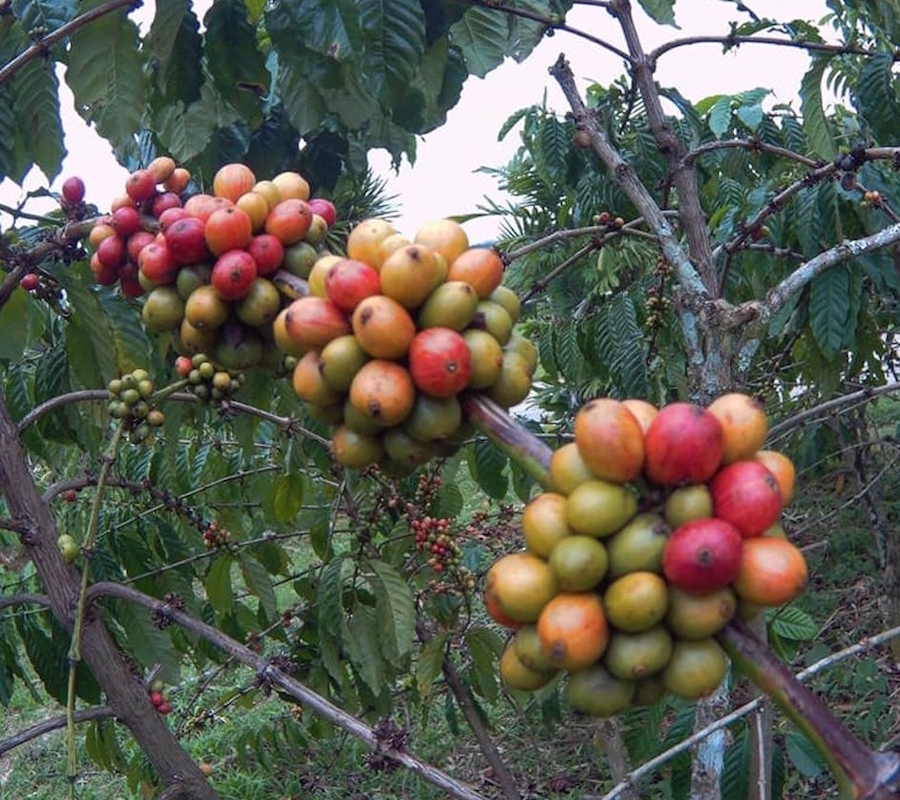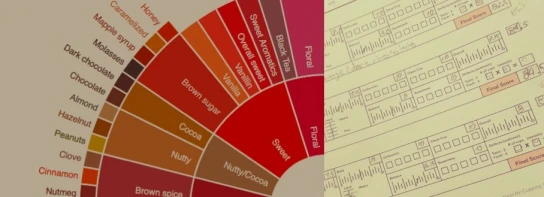04 January 2019

From time to time we get asked what is the best coffee? And the short answer is the one that you like. Which leads to the next question: What coffee do YOU like?
This is because coffee is a personal and therefore subjective experience, where flavor is king.
To find out what coffee you like, you can try different coffees, different brewing methods, order a sampler of our drip coffees, join cupping sessions, and experiment with different water ratios, water temperatures, grind sizes, etc.
Beyond the flavor in the cup there are other important factors to consider when deciding what is the best coffee.
But let’s start with fragrance and aroma, which are related to flavor.
So, what are the good flavors in the coffee? Although The World Coffee Research, The SCA and other organizations have done a great work grouping, categorizing and creating a common language to communicate the flavors of coffee, not everyone agrees with what the specialty coffee community considers good flavors, e.g., floral is good, woody is bad. And that is fine, flavor is a subjective experience.

It is a complex process. From the coffee plant to the brewing, each step contributes towards delicious coffee.
It starts from the coffee coffea plant, which thrives between 25°N and 30°S, aka the bean belt. There are many species of the coffea plant but we’ll focus on the ones that are most commonly used for brewing coffee, i.e, liberica, robusta and arabica. Liberica and robusta are easier to grow but their flavors are not as delicate and complex as the flavors of arabica; therefore, arabica is the most popular. And then there are different varieties of arabica coffee, each of them with its unique attributes.
The coffee beans are actually the seeds inside the coffee berry. Good beans come from ripe fruits found in healthy plants. Coffee fruits are processed to extract the beans. There are 3 main types of process:
The natural process is the most eco-friendly, as it doesn’t require water. Once the coffee has been processed, the beans are “green beans”, ready to be roasted.
A noteworthy fact is that large quantities of coffee are consumed outside the bean belt. This means that coffee is being transported looong distances and subject to transportation costs, importation taxes and other fees. Transportation accounts for a considerable chunk of the price of coffee and also increments the carbon footprint. As the process of getting coffee from the origin to the roastery.
Like the carbon footprint and fair prices paid to the coffee farmers.
Gesha coffee from Panama roasted by well-known roasters in Europe like Gardelli or Coffee Collective sounds already delicious. Now imagine we are drinking it in the Philippines. The green coffee traveled from Central America to Europe as green beans, then roasted from Europe to Asia. This coffee most likely will be delicious but surely will have a high carbon footprint as well.
Often times farmers and producers of coffee do not receive fair compensation, i.e, only a very small percentage of the price paid by the consumers goes actually to the farmers and producers. Fairtrade programs that were supposed to address this issue have failed. Recently, new initiates focused on transparency, like The Coffee Transparency Pledge are trying to give more information to the final consumers and compensate farmers and producers fairly.
We like coffee that is: